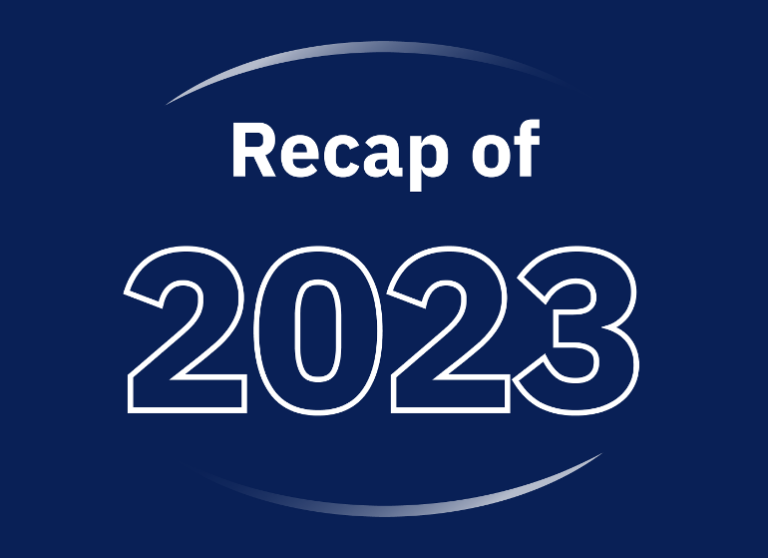In our previous 2 parts on the history of money, we described how money evolved over the millenniums to help us meet our need for a common means of exchange, a unit of account and storage of monetary value. We discussed how metal coins and paper bills became the standard ways of exchanging value and how the banking system – consisting of central and conventional banks – came into existence. We also touched on the issue of inflation as brought about by today’s fiat currencies.
In this final part of our series, we are going to look at international money being traded on the forex markets and why the US-Dollar still is the most powerful currency in the world. After discussing the global financial crisis of 2008-2009 and its aftermath, we will look into the future of money which will be coined by digital payment and cryptocurrencies like Bitcoin.
Let’s get started…
1. International Money
As international trade grew between nations, the importance of currency exchange rose. For as goods are bought and shipped around the world, currencies of the countries involved are exchanged. Nations and central banks pay close attention to the exchange rates of their currency. A strong currency means high purchasing power for companies and citizens abroad but hampers exports as foreign clients pay higher prices for goods and services.
Export-oriented nations profit from a weak national currency, yet it also means less purchasing power on international markets. Trade surpluses or losses between nations also influence the exchange rates of their currencies. Currencies nowadays are free-floating, fixed exchange rates are a thing of the past. With a daily trading volume above 6.6 trillion USD, forex markets represent by far the biggest financial market.
2. Saving the Banks
In the 2008 financial crisis, the national governments stepped in to save the existing banks. It was deemed impossible to let the existing banking system fail, otherwise, our entire global economic system would collapse.
Governments were “bailing out” banks and burdened its citizens with trillions of debts in the process. The existing banking system was saved – but at what price? Eventually, most banks paid back the government money received plus interest on top, meaning governments even made some money on their investment. Yet, the banking and financial crisis was so big and consequential that people’s trust in the existing system and its actors – central and conventional banks – was shattered.
3. Power of Money / U.S. Dollar
As the biggest economy and military power in the world, the United States with its USD as currency dominates the world of money. This started with the establishment of the Bretton Woods Agreement in 1944 (between the WW II allies) which fixed the rate of exchange for all foreign currencies to the USD, while the USD was fixed at 35 USD per gold ounce.
Despite President Nixon taking the United States off the Gold standard in 1971, the power of the USD has remained intact. Even in 2020, around 70 % of countries use the US-Dollar as reference currency for their national currency. Hence, the USD is often also referred to as the “global currency”. This showed to the negative in 2008 when a financial crisis in the US quickly resulted in a global financial and economic meltdown.
4. Digital Money / the Money of the Future
The digital age saw the advent of virtual cash. People can now use digital payment services like PayPal or use their smartphones with services like ApplePay to pay for goods and services. Cash and paper notes are no longer necessary. Yet, this solution merely changes the way in which money is paid – the underlying issues of fiat money remain unsolved.
As a response to the shortcomings of existing money, Bitcoin was born in 2008. Satoshi Nakamoto, whose identity is still unknown, published a paper detailing his vision of a decentralized peer-to-peer-currency that could be managed without the need for a controlling entity like a central bank. Its underlying technology is censorship-resistant and tamper-proof, all transactions being logged permanently in an immutable database. Capped at a maximum number of 21 million BTC to be issued, Bitcoin shall be free of inflation.
Bitcoin was the start of cryptocurrencies, hundreds of competing cryptocurrencies and tokens have been launched since. Meanwhile, cryptocurrencies are being actively researched that can be used for everyday purposes. Various projects with the focus on establishing a long-term stable cryptocurrency are currently under development. eCredits, for example, is planned to be a blockchain-based, decentralized cryptocurrency with its own ecosystem that will be accessible to everyone – a payment system for everyday use.
Conclusion
When we look into the history of money and the journey it has made, from barters and sacks full of barley to digital coins and transactions traveling across the world in a blink of an eye, we see a remarkable example of human cooperation and immense trust within societies through the centuries and civilizations. Nowadays modern technologies are evolving faster than ever, and money is evolving with them. We already see even more security, efficiency, trust, openness, and global unity brought into the financial services with Blockchain and digital assets, and we are happy to be part of this process!







